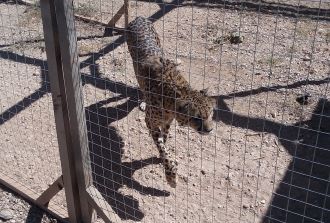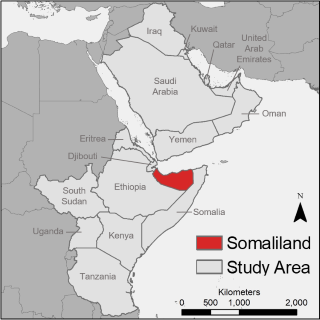
The purpose of this project is to counter illicit trafficking of live cheetahs in Somaliland and the greater East Africa-Arabian Peninsula region. The extent of the project includes multiple countries where wild cheetahs are known to occur in East Africa and where the demand for pet cheetahs has been reported in the Arabian Peninsula. Targeted efforts to identify undetected wild populations and strengthen law enforcement capacity will be centered on Somaliland, which is believed to have undocumented wild populations and is a bottleneck of cheetah trafficking activities. Recognizing the problem, the Somaliland government recently approved the new Forestry and Wildlife Conservation Law to lay the legal framework necessary to combat wildlife trafficking. Although a critical first step, the government's capacity to enforce the law remains significantly undeveloped.

For more information on this project, contact Paul Evangelista at paul.evangelista@ColoState.EDU